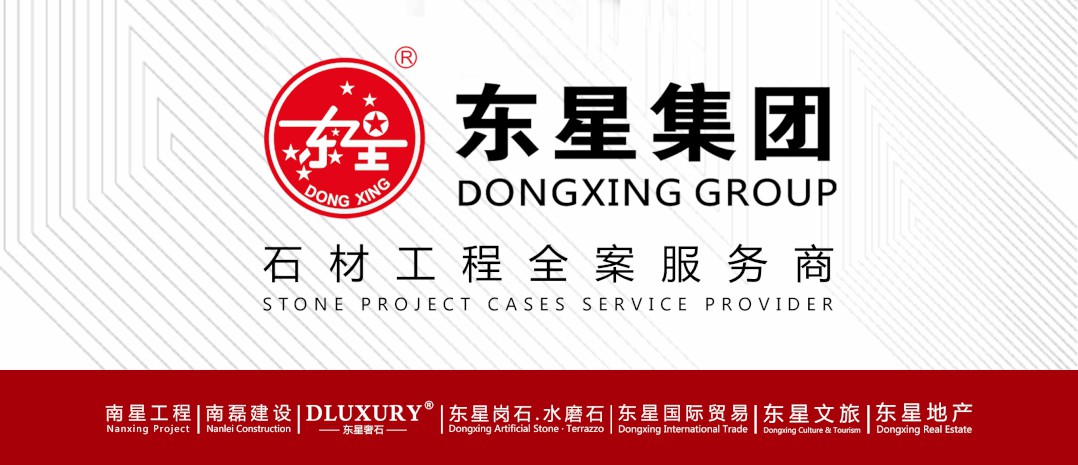
Debunking Misconceptions: Unraveling the Truth About Inorganic Terrazzo
2023-07-17 16:30
Debunking Misconceptions: Unraveling the Truth About Inorganic Terrazzo
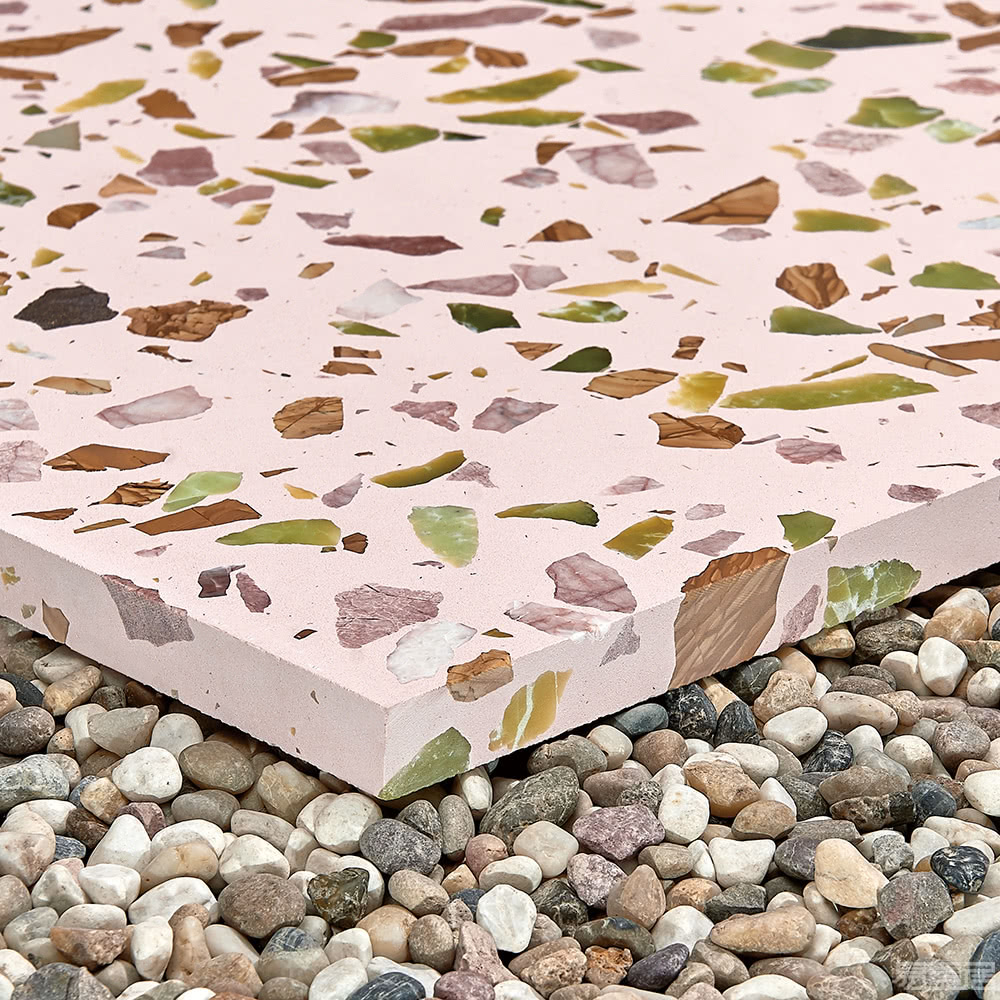
【picture 1】
Terrazzo, a flooring material known for its durability and exquisite aesthetics, has been making a significant comeback in contemporary design. However, the rise in popularity of inorganic terrazzo has sparked misconceptions and confusion among homeowners, designers, and architects alike. In this article, we aim to dispel these misunderstandings and shed light on the truth about inorganic terrazzo.
Misconception 1: Inorganic Terrazzo Lacks Authenticity
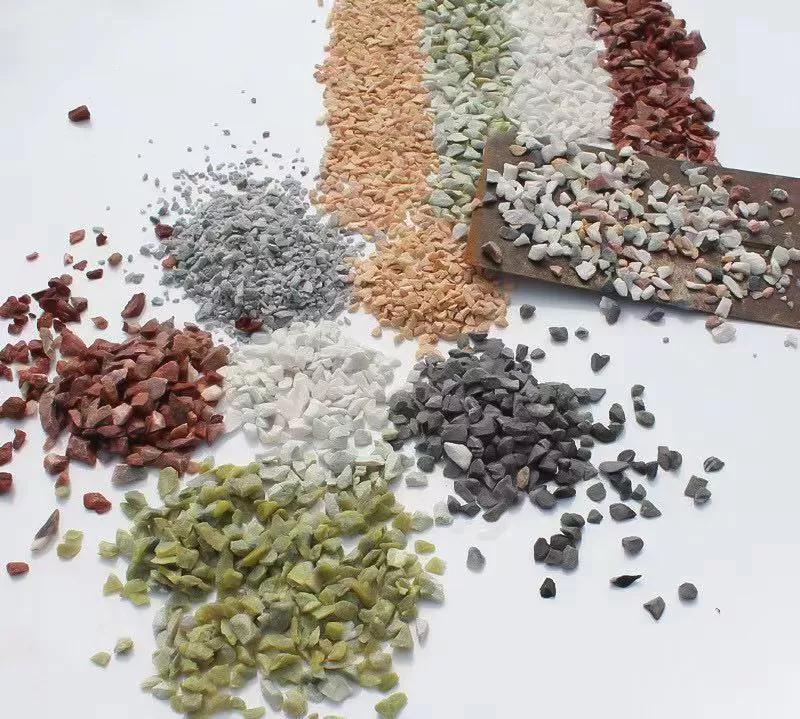
[picture 2]
A common misconception about inorganic terrazzo is that it lacks the authenticity of traditional terrazzo made with cement and marble fragments. However, this could not be further from the truth. Inorganic terrazzo is made with a mixture of recycled glass and other aggregates, a material that offers a unique and modern look on the appearance of classic terrazzo. The use of recycled glass further enhances the eco-friendliness of inorganic terrazzo, making it a sustainable choice.
Misconception 2: Inorganic Terrazzo is Inferior in Quality
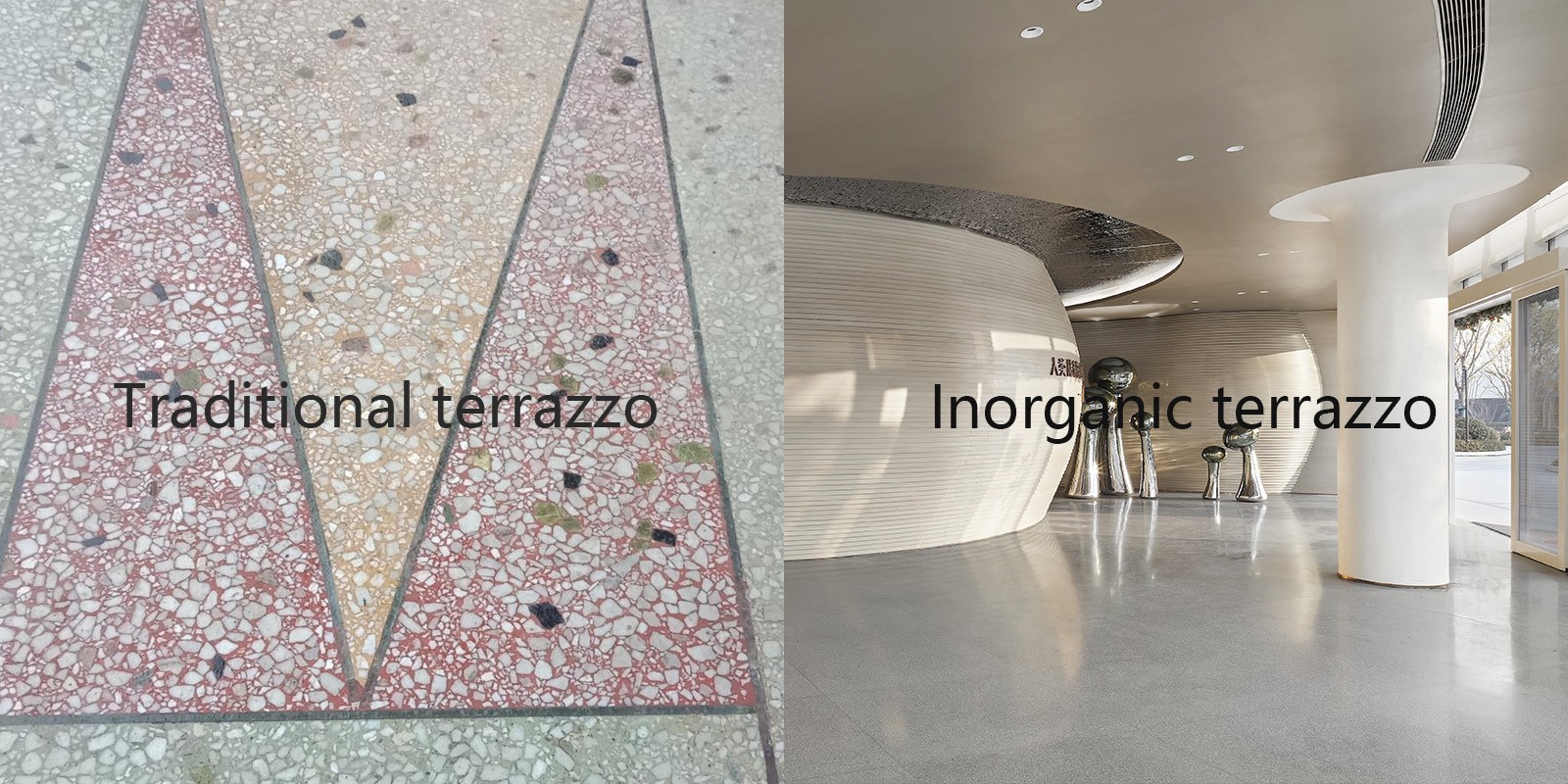
[picture 3]
Another misconception is that inorganic terrazzo is inferior in quality compared to traditional cement-based terrazzo. However, inorganic terrazzo has its own set of advantages. Unlike traditional terrazzo, inorganic terrazzo is non-porous, making it resistant to stains, moisture, and bacteria. It also boasts excellent durability and can withstand heavy foot traffic, making it an ideal flooring choice for both residential and commercial spaces. Additionally, the epoxy resin used in inorganic terrazzo provides flexibility, resulting in reduced cracking and enhanced longevity.
Misconception 3: Limited Design Possibilities with Inorganic Terrazzo
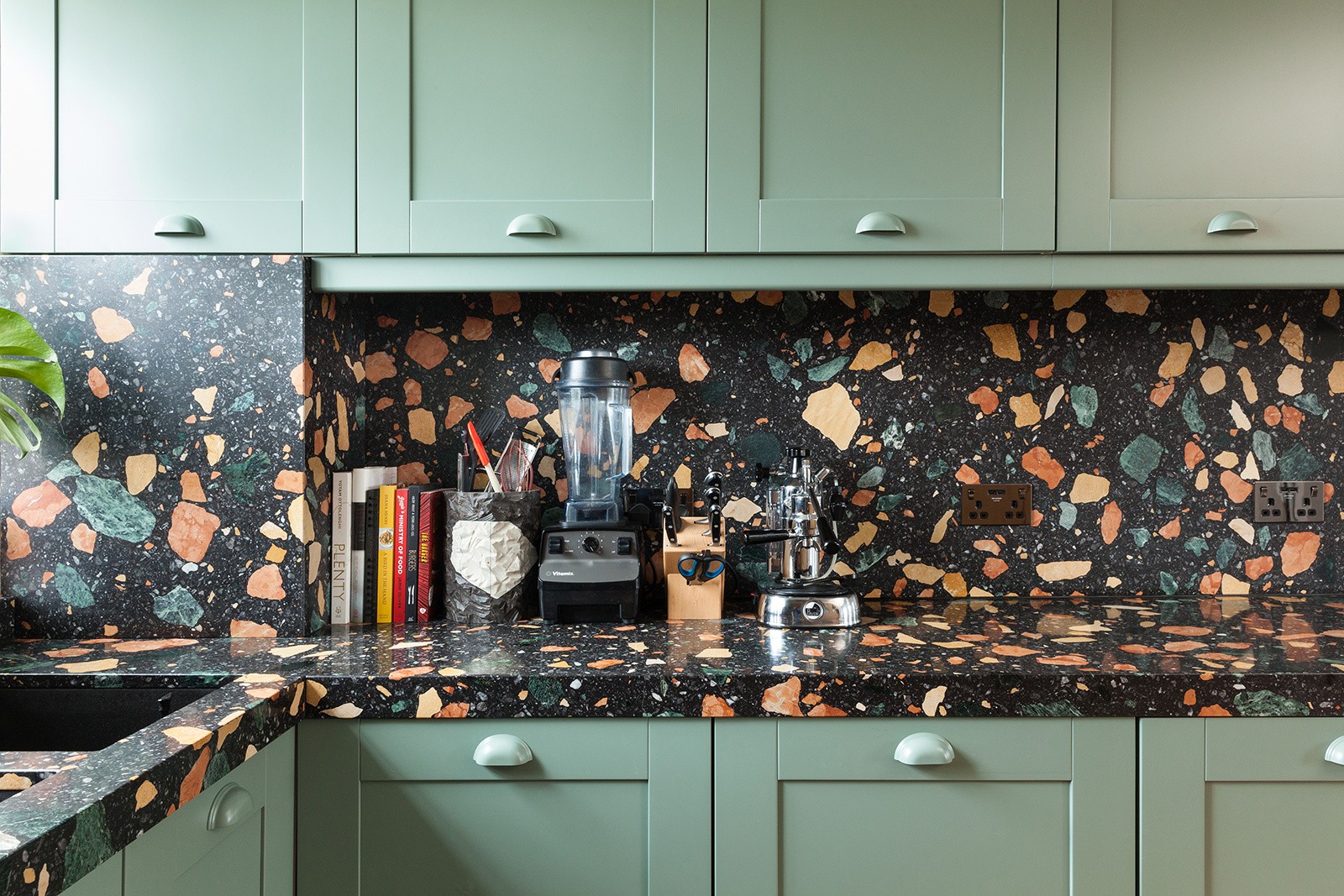
[picture 4]
Some argue that inorganic terrazzo limits the design possibilities because there is no cement as a binding material. However, inorganic terrazzo offers great design flexibility and versatility. Its production allows for a wider choice of colors, including vibrant and bold tones, which may be difficult to achieve with traditional terrazzo. In addition, inorganic terrazzo can be combined with various aggregates such as recycled glass, mother-of-pearl and even metal, offering endless possibilities for creating unique and striking designs.
Misconception 4: Difficult Installation and Maintenance
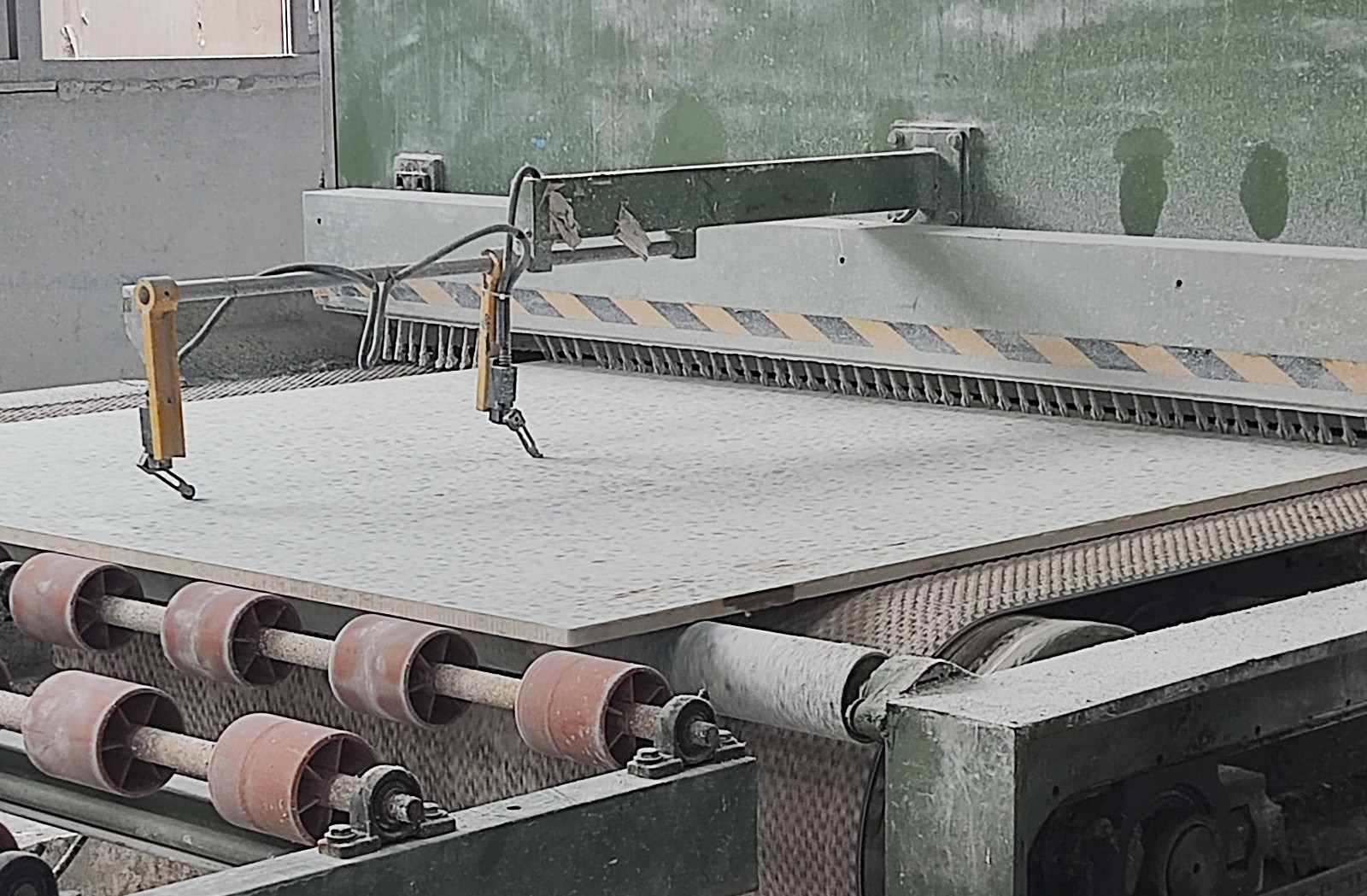
[picture 5]
One prevailing misconception is that installing and maintaining inorganic terrazzo is a labor-intensive and time-consuming process. Contrary to popular belief, the installation of inorganic terrazzo is similar to traditional terrazzo. Skilled professionals use a similar process of grinding, polishing, and sealing to achieve a smooth and durable finish. As for maintenance, inorganic terrazzo requires minimal upkeep. Regular sweeping and mopping with mild cleaners are sufficient to keep it in pristine condition.The non-porous nature of inorganic terrazzo eliminates the need for frequent resealing, making it a low-maintenance flooring option.
Conclusion:
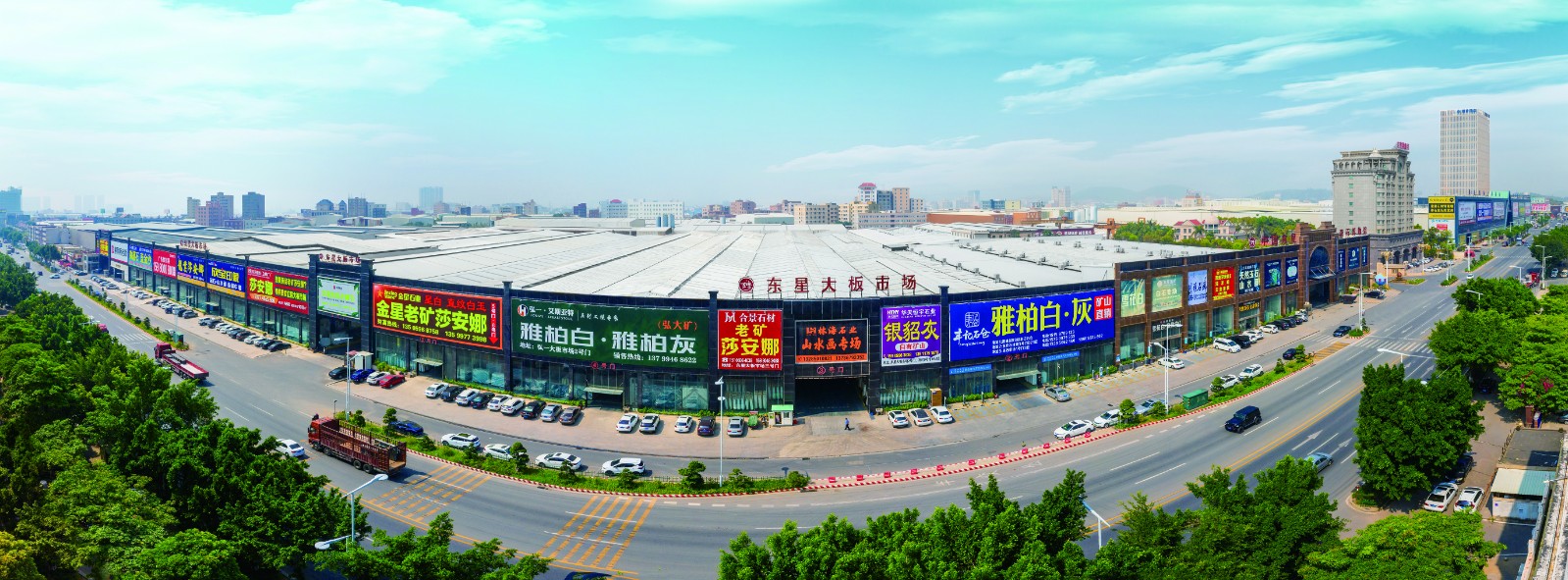
[picture 6]
Inorganic terrazzo, despite its relatively recent introduction, offers a host of advantages over traditional cement-based terrazzo. Its unique composition, eco-friendly characteristics, design flexibility, and durability make it a compelling choice for modern spaces. By dispelling misconceptions surrounding inorganic terrazzo, we hope to encourage more people to explore this innovative flooring material and appreciate its contemporary charm while enjoying its long-lasting beauty.
